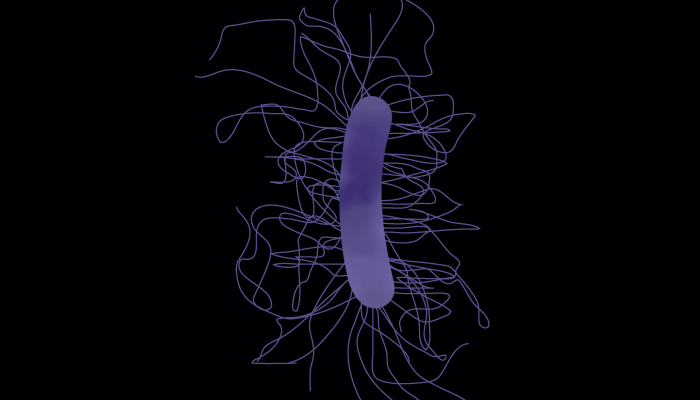Clositridium difficile is notorious among hospital patients and staff for its ability to infect the bowel and cause (sometimes deadly) diarrhea. Because of its high toxigenicity and increasing antibiotic resistance, early diagnosis of C. difficile infection (CDI) is vital to stopping the spread of this disease and ensuring effective treatment. But current testing methods have a number of limitations; they cannot accurately determine infection severity, offer low sensitivity, and do not allow for quantification.
By combining the benefits of a lateral flow assay (LFA) with surface-enhanced Raman scattering (SERS), researchers from the University of Strathclyde and Newcastle University, UK, have overcome these limitations and offered hospital laboratories an ultra-sensitive, fast, cheap, and user-friendly test for CDI.

Their SERS-based LFA platform enables sensitive quantification (down to 0.01 pg/μL) of two key biomarkers, SlpA and ToxB, in 20 minutes. Importantly, this is the first time a duplex test for both biomarkers has been studied – and it could offer more accurate CDI diagnosis (and pathogenicity determination) without cross-reactivity from similar species. “Also, the use of the handheld Raman spectrometer means this measurement can be done at point-of-care and is highly portable, making it suitable for use in a wide range of situations,” says Duncan Graham, Head of the Department of Pure and Applied Chemistry at the University of Strathclyde.
The Newcastle team had previously worked on a C. difficile assay with lateral flow, but the method (which relies on a visual assessment with the naked eye) wasn’t sensitive enough for use in a clinical setting. “When we started collaborating with Neil Keegan from the Translational and Clinical Research Institute at the University of Newcastle, we recognized that the lateral flow assay could be merged with SERS detection to give the sensitivity required,” says Graham.
The team’s next step is to move onto clinical samples. “So far we’ve used simulated clinical samples (synthetic feces), but it’s time for the real stuff now,” adds Graham.
References
- WA Hassanain et al., Analyst, 146, 4495 (2021). DOI: 10.1039/D1AN00726B.




